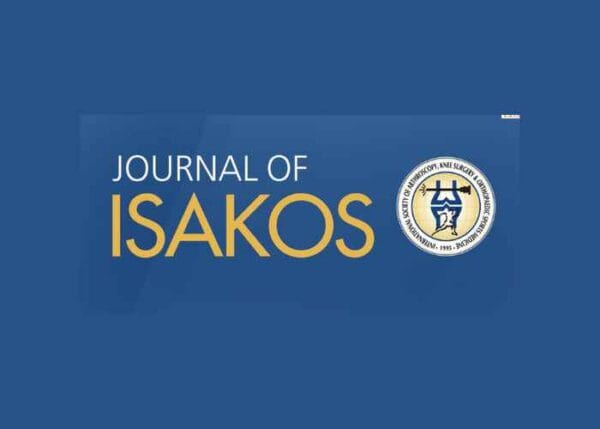
Authors:
Philipp Moroder, MD, Matthew T. Provencher, MD, MBA, Capt MC USNR, Giovanni Di Giacomo, MD
Abstract:
The identification of critical Hill Sachs lesions prone to engagement with the anterior glenoid rim is decisive for treatment decision making in anterior shoulder instability patients. Untreated critical Hill Sachs lesions can lead to recurrence of instability after surgical stabilization procedures. The glenoid track concept is currently used to quantify the likelihood of engagement of a Hill Sachs lesion but heavily relies on the difficult identification of the rotator cuff insertion and does not account for the laxity of the patient. Accordingly, studies have not been able to consistently confirm its accuracy in predicting recurrence of instability. The global track concept potentially allows for three-dimensional (3D) determination of the minimum rotation of the humeral head which in the worst arm position with alignment of the defects may lead to engagement of bipolar defects independent of rotator cuff insertion and laxity. Further validation steps and clinical studies to define critical values in different patient subpopulations are necessary before application in clinical practice.
You can download the study: